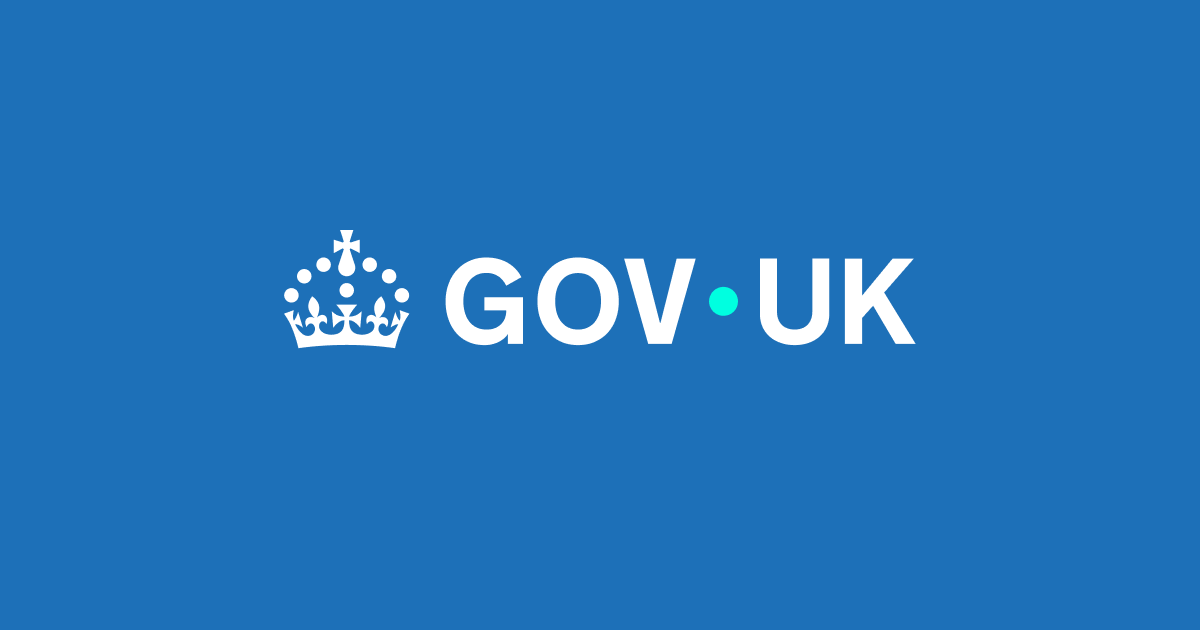Interest rates have, as a result of the Covid-19 pandemic, been at a real nadir for almost all of 2020. Having said that, inflation is expected to rise along with the recovery and investors will, eventually, be once again looking to protect their ISAs against its impact. Here, we give you five tips to inflation-proof your ISA.
| How does the Central Bank use interest rates? | As a monetary policy tool |
| An increase in interest rates is used to? | Slow down inflation and protect the currency |
| How does inflation affect savings? | Inflation can reduce the value of your savings |
| What is the UK government’s inflation target? | 2% |
The official current rate, having sat at a relatively high 0.7% until the start of 2020, has fallen to 0.1%. This is, along with the low inflation rate, part of the effort to stimulate the economy after what was a significant hit during the initial coronavirus lockdown.
Interest rates are used by Central Banks to try and keep the rate of price growth close to the government’s target – which is currently set at 2%.
Low-interest rates encourage spending by making saving unattractive and borrowing cheap. The more people are willing to spend, the faster prices will rise.
To rein in aggressive inflation, Central Bankers will increase the base rate, which in theory makes borrowing to spend less attractive and saving more appealing.
While global economies continue to attempt to stimulate stuttering economies, the Bank of England will be careful when adjusting the inflation rate – it is, ultimately, performing a balancing act that, alongside government stimulus, is part of patching the economy up.
The question is whether any eventual higher interest rate backdrop will feed through into the returns on savings accounts, or if the silent threat of inflation will continue eating into hard-earned savings.
Best savings accounts
Despite the Bank of England’s base rate, the best return you can get on an easy access cash ISA is just 0.65%, according to data from Money Saving Expert.
Many savers like to keep their savings flexible in case of an emergency. Rainy day funds have only become more popular in the wake of the Covid-19 pandemic and this is a trend we see continuing as the economy recovers. If you’re willing to lock your money up for a minimum of five years and have at least £2,000, though, the best return you can get stretches to 1.4%.
The Bank of England’s interest rate rise is drip-feeding into the returns offered on cash savings accounts. At the start of the new tax year, the best return on an easy access cash ISA was 1%.
Effects of inflation on your savings
If your money is growing in a savings account, what’s the problem? Well, whilst the number in your account might look like it’s inching higher, the value of your money is actually being eroded by inflation.
The pace of inflation slipped back to 3% in December, its first fall in six months, but the rate of price growth is still towering above the returns on cash savings accounts and is well ahead of wage growth in the UK.
Say you put £10,000 in a cash ISA earning you 1.16%, after 12 months your savings would have grown to £10,116.
If inflation stays at the current 3% level, the value of your £10,000 would have sunk to £9,700 without you realising it. That means you would need at least 3% just to offset the impact of inflation.
If you want to see your money grow, you’re going to need a return that’s even higher – something you just can’t find in flexible products on the high street.
Best inflation-beating ISAs
That’s why savvy savers are turning to the financial markets in an attempt to protect their money and grow it for the future.
If you do it well, investing gives you the opportunity to offset the impact of inflation and hunt for returns that can help you achieve your financial goals quicker.
Before you look to invest your money, make sure you’ve paid off any expensive debt and have saved up around three months of outgoings in an easily accessible savings account – you never know when the washing machine might break mid-way through football season.
An investment strategy for you
All investment carries risk, it’s how you manage this risk that matters. What works for your friends might not be appropriate for you and your financial goals. Your investments should reflect what you’re saving for, when you’ll want your money and your financial background.
Understanding your investor profile and tailoring your portfolio to your tolerance to risk is one of the first steps to achieving your financial goals – it’s the DNA of your investment strategy.
However, the hard work doesn’t stop there. As the markets move, so will the appearance of your portfolio. It’s important you recognise these changes and adjust them back in line with your investor profile.
It’s important you don’t put all your money in one investment – it’s a risky game to play that rarely pays off. Instead, manage the risk in your portfolio by spreading your money across investments, asset classes and geographies and get a clearead idea of, for example, how much you can put in an ISA. Any losses should be offset by gains made elsewhere in your portfolio.
Diversification takes time, skill and knowledge to get right – not to mention the extra capital to trade yourself. That’s why many investors prefer the experts to do it for them. These funds can come with hefty price tags, however, which can eat into your return and delay you from achieving your goals.
Before you choose an investment, make sure you take the time to understand the fee structure. At Moneyfarm, we keep our costs simple and low-cost. You deserve to know how much you’re paying and keep as much of your money as possible.
Five tips to inflation-proof your ISA
- Invest your savings in a stocks and shares ISA
- Invest your way – make sure your portfolio reflects you and your financial goals
- Make sure your portfolio is diversified across investments, asset classes and geographies to manage risk
- Invest a little and often to average the amount you pay for an asset over time
- Keep an eye on investment costs so you can keep more of your money
FAQ
Why would a central bank raise interest rates?
Central banks raise interest rates to curb rising inflation. Higher interest rates encourage saving but make borrowing more costly, which lowers inflation. As rates go up, so do the interest rate savings accounts and money market accounts. As a result, savers get a greater return from their deposits than borrowers do.
How do rising interest rates affect the stock market?
A rise in interest rates affects stocks and earnings negatively; it makes the stock market more volatile. Companies may have lower dividend yields as they reduce their growth projections, and this can cause stock prices to drop, causing a panic sell among inexperienced investors.
What should you do in times of rising interest rates?
This is the time to review your investment portfolio. Diversify your portfolio by purchasing bonds and hedge against inflation using alternative investments such as gold and other precious metals.
*As with all investing, financial instruments involve inherent risks, including loss of capital, market fluctuations and liquidity risk. Past performance is no guarantee of future results. It is important to consider your risk tolerance and investment objectives before proceeding.

.jpeg?trim=0,0,0,0&width=1200&height=800&crop=1200:800)

